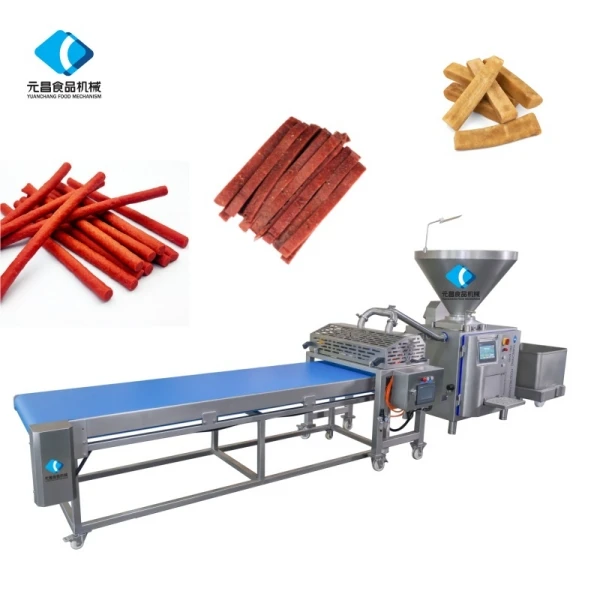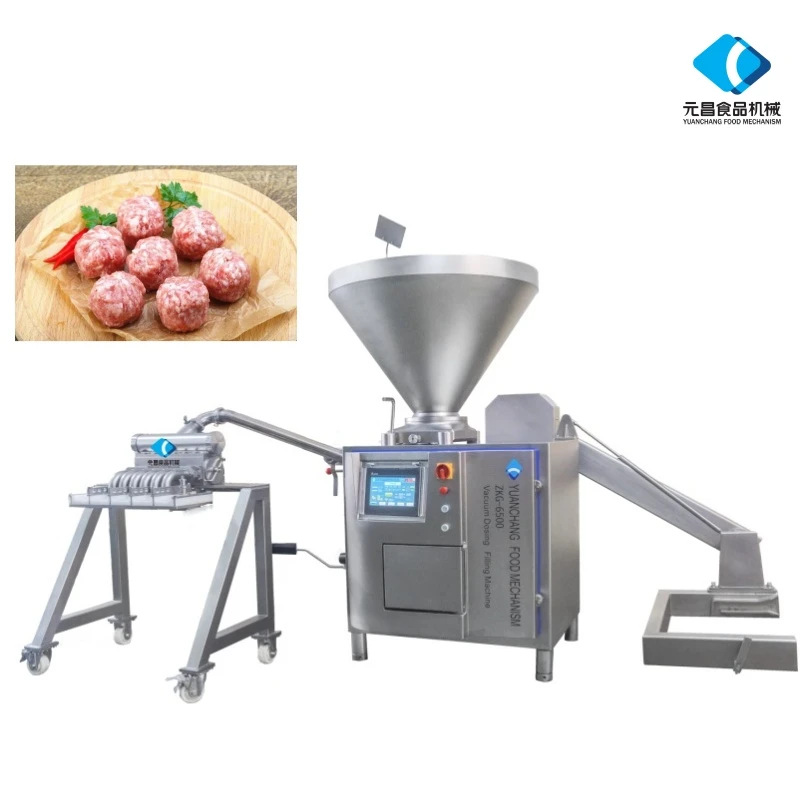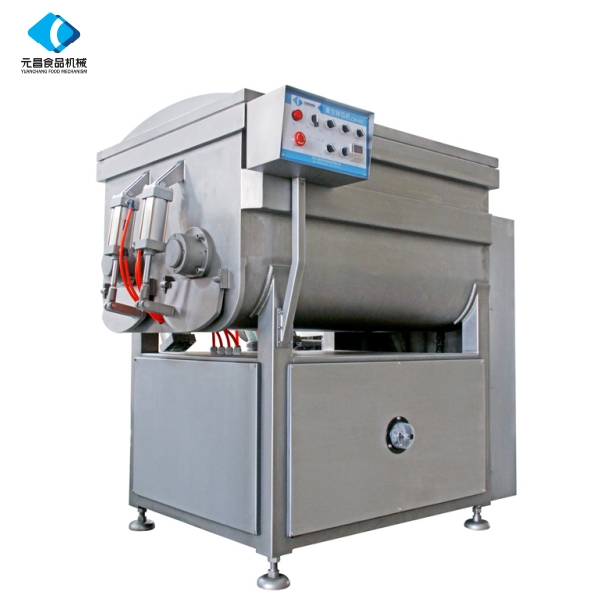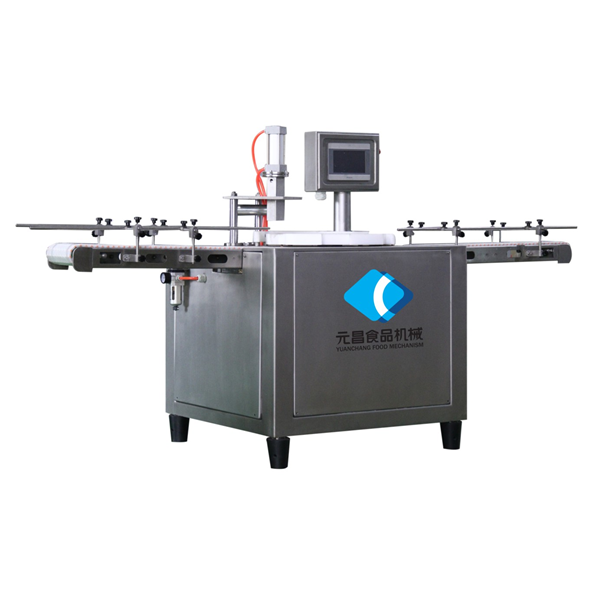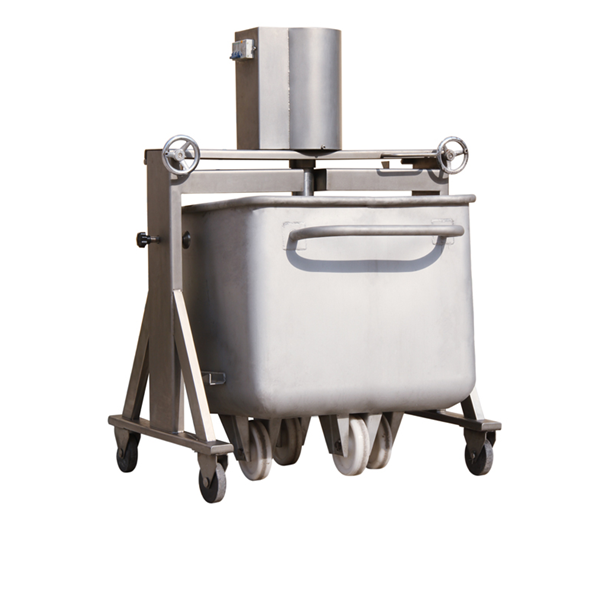- Afrikaans
- Albanian
- Amharic
- Arabic
- Armenian
- Azerbaijani
- Basque
- Belarusian
- Bengali
- Bosnian
- Bulgarian
- Catalan
- Cebuano
- chinese_simplified
- chinese_traditional
- Corsican
- Croatian
- Czech
- Danish
- Dutch
- English
- Esperanto
- Estonian
- Finnish
- French
- Frisian
- Galician
- Georgian
- German
- Greek
- Gujarati
- haitian_creole
- hausa
- hawaiian
- Hebrew
- Hindi
- Miao
- Hungarian
- Icelandic
- igbo
- Indonesian
- irish
- Italian
- Japanese
- Javanese
- Kannada
- kazakh
- Khmer
- Rwandese
- Korean
- Kurdish
- Kyrgyz
- Lao
- Latin
- Latvian
- Lithuanian
- Luxembourgish
- Macedonian
- Malgashi
- Malay
- Malayalam
- Maltese
- Maori
- Marathi
- Mongolian
- Myanmar
- Nepali
- Norwegian
- Norwegian
- Occitan
- Pashto
- Persian
- Polish
- Portuguese
- Punjabi
- Romanian
- Russian
- Samoan
- scottish-gaelic
- Serbian
- Sesotho
- Shona
- Sindhi
- Sinhala
- Slovak
- Slovenian
- Somali
- Spanish
- Sundanese
- Swahili
- Swedish
- Tagalog
- Tajik
- Tamil
- Tatar
- Telugu
- Thai
- Turkish
- Turkmen
- Ukrainian
- Urdu
- Uighur
- Uzbek
- Vietnamese
- Welsh
- Bantu
- Yiddish
- Yoruba
- Zulu
Jan . 20, 2025 16:27
Back to list
Cutting Rib Machine
In today's fast-paced food industry, the meat processing grinder stands as a pivotal tool, revolutionizing how we handle meat for both commercial and home use. As dietary preferences shift and the culinary world becomes more adventurous, the demand for precise, efficient meat processing tools has surged. Below is an exploration of the vital components contributing to the success of meat processing grinders, emphasizing their impact on quality, safety, and culinary innovation.
Trustworthiness is a particularly crucial factor in selecting a meat processing grinder. Consumers must rely on honest reviews and testimonials, often published by industry experts and verified purchasers, to guide their decisions. Additionally, certifications and compliance with health and safety standards give consumers confidence in the product's integrity. Many high-end grinders boast certifications from organizations such as NSF International, ensuring they pass rigorous testing for public health and safety. Embracing sustainability, some manufacturers now offer grinders that minimize waste through advanced processing techniques, producing consistent results with greater meat yield. By reducing waste, businesses not only enhance their profitability but also contribute to environmental conservation—a win for both the economy and the planet. For specialty applications, some meat processing grinders incorporate features like multiple speed settings and interchangeable plates, which allow users to tailor the grind to specific recipes or preferences. Such versatility has become indispensable in professional kitchens, where culinary creativity and precision are paramount. The intricacies involved in creating a meat processing grinder that meets the expectations of both commercial and individual users are multi-faceted. However, the benefits sewn from such technologies speckle the culinary landscape with variety and quality. By wielding reliable grinders, chefs and butchers alike can ensure the safety, taste, and consistency of their meat products, thereby elevating the dining experience and expanding the boundaries of modern cuisine. As the meat processing industry evolves, so too will the technology behind it, driven by consumer demands for higher quality, sustainable practices, and innovative culinary experiences. The meat processing grinder, a testament to engineering prowess and culinary necessity, will undoubtedly remain a central asset in this evolution.


Trustworthiness is a particularly crucial factor in selecting a meat processing grinder. Consumers must rely on honest reviews and testimonials, often published by industry experts and verified purchasers, to guide their decisions. Additionally, certifications and compliance with health and safety standards give consumers confidence in the product's integrity. Many high-end grinders boast certifications from organizations such as NSF International, ensuring they pass rigorous testing for public health and safety. Embracing sustainability, some manufacturers now offer grinders that minimize waste through advanced processing techniques, producing consistent results with greater meat yield. By reducing waste, businesses not only enhance their profitability but also contribute to environmental conservation—a win for both the economy and the planet. For specialty applications, some meat processing grinders incorporate features like multiple speed settings and interchangeable plates, which allow users to tailor the grind to specific recipes or preferences. Such versatility has become indispensable in professional kitchens, where culinary creativity and precision are paramount. The intricacies involved in creating a meat processing grinder that meets the expectations of both commercial and individual users are multi-faceted. However, the benefits sewn from such technologies speckle the culinary landscape with variety and quality. By wielding reliable grinders, chefs and butchers alike can ensure the safety, taste, and consistency of their meat products, thereby elevating the dining experience and expanding the boundaries of modern cuisine. As the meat processing industry evolves, so too will the technology behind it, driven by consumer demands for higher quality, sustainable practices, and innovative culinary experiences. The meat processing grinder, a testament to engineering prowess and culinary necessity, will undoubtedly remain a central asset in this evolution.
Previous:
Latest news
-
Best Mixer Grinder with Food Processor – Powerful Meat Grinder for Home UseNewsJun.10,2025
-
Meat Grinder and Sausage Maker - Best Commercial Sausage Maker for Home and Business UseNewsJun.10,2025
-
Premium Frozen Meat Slicer High Precision CuttingNewsJun.09,2025
-
High-Efficiency Sausage Processing Machine for Quality OutputsNewsJun.09,2025
-
Professional Heavy Duty Meat Mixer Industrial Strength & EfficiencyNewsJun.09,2025
-
Premium Commercial Meat Mixer Grinder for SaleNewsJun.09,2025





